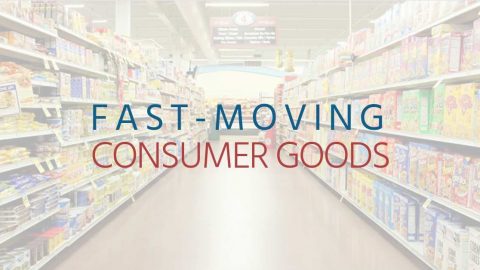
FMCG firms have also been spurred into action by some external factors.
“After the introduction of the Goods and Services Tax (GST) we changed a lot of processes in order to leverage its benefits, which has resulted in a complete revamp of the supply chain,” said Lalit Malik, chief financial officer, DaburNSE 0.83 % India, the Delhi-based largely Ayurvedic brand known for its Chyavanprash health supplement and Meswak toothpaste.
The company is implementing a new system of end-to-end automation, which will bring the entire chain — from procurement to distribution — on the same platform.
Managing a large and disparate supply chain and a far-flung retail network have always been a struggle at consumer goods firms.
Skincare brand Nivea, for instance, has developed a mobile app for its sales force that captures data on consumer offtake almost in real time. The app communicates that to a central server, which is then accessed by the supply chain team.
“Through this, we have been able to improve our new products fill rate by about 6-7% and reduce quality complaints in stores by about 60% over the last 10 months,” said Somnath Das, Director, Supply Chain, NIVEA India.
The Indian market is highly fragmented – spread across modern trade and different sizes of traditional retail outlets, with many of them in hard-to-reach locations.
“Almost half of the world’s stores are in India.
We have all the major global and Indian e-commerce players competing in the India market. Indian retail space is unique and has evolved rapidly unlike the developed markets,” said Bhagat of P&G.
Beating the slowdown
As growth starts to slow in certain consumer goods segments, companies are deepening their presence in rural India.
Dabur has expanded its reach to 51,000 villages, from 34,000 villages at the start of the year, aided by the new system it is implementing.
Marico, too, is relying on newer technology tools to drive its push into rural markets. By geo-clustering villages, it has drawn up a roadmap to improve its direct distribution infrastructure.
“To improve better utilisation of resources and cost-to-serve in rural van operations, Marico is using technology such as geo-tracking of van routes, which measures data of distance travelled and time taken on every route daily. This helps identify inefficient routes and re-deploy resources into high business potential routes continuously,” Mishra said.
Source: Economictimes